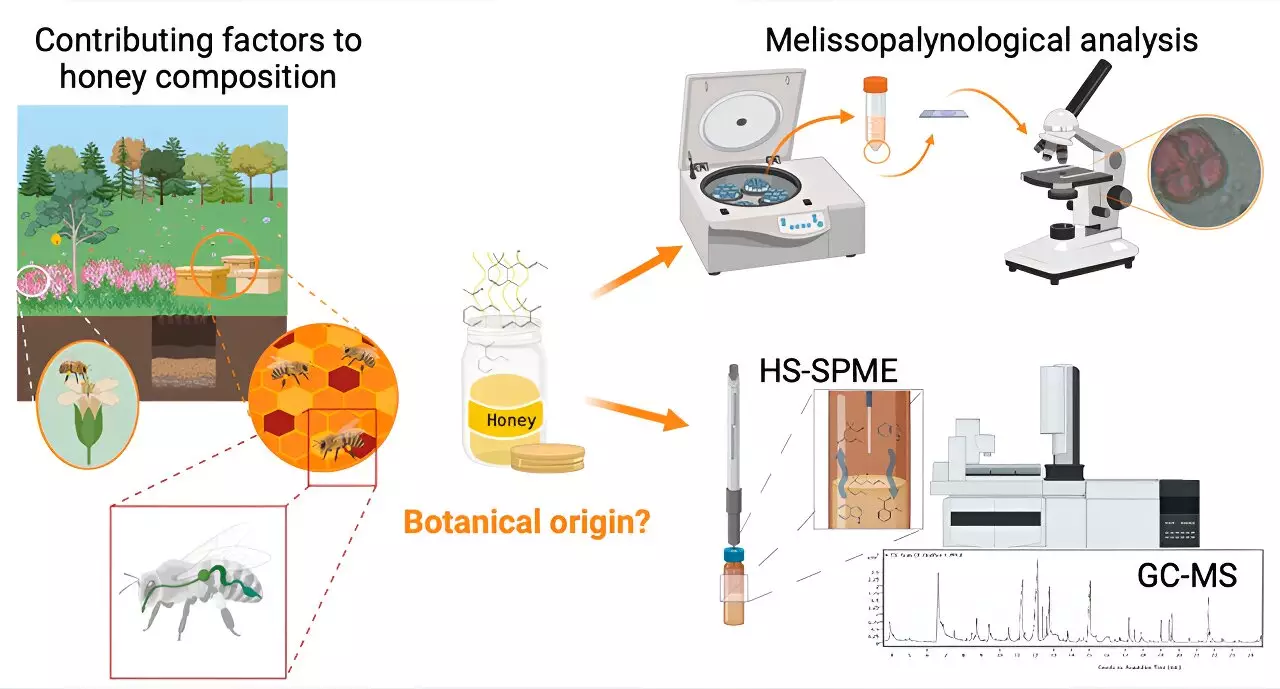Perfume making, a craft that has tantalized human senses for millennia, traces its roots back over 3,000 years. At the forefront of this early craft stands Tapputi-belat-ekalle, a remarkable figure revered as the first chemist known to history. Her legacy is inscribed on ancient clay tablets that highlight her pivotal role in Mesopotamian society, particularly as the leader of a collective of elite female perfumers. Located in what is now Iraq and Iran, these artisans not only created complex scents but also served royalty, mixing elements of artistry and science in a blend worthy of kings.
Interestingly, the details of Tapputi’s methods reveal that the science behind fragrance is both ancient and remarkably advanced. The inscriptions outline specific techniques for extracting scents from various flora, foreshadowing processes that are still fundamental in the fields of contemporary perfumery and essential oil extraction. These age-old practices illustrate the profound connection between chemistry and artistry, forming a symbiotic relationship that continues to evolve.
The Chemistry Behind the Charm
Delving deeper into the art of perfume making unveils an intricate world of volatile compounds. These chemical substances evaporate easily, creating the scents that we are drawn to when selecting a fragrance. The intricate nature of perfumes comprises diverse “notes”—from floral and fruity to spicy and woody—each contributing to the overall experience. Tapputi’s methods combined various extraction techniques such as heating and cooling, decoction, infusion, and maceration—each critical in isolating and refining these aromatic compounds.
In modern perfumery, these practices have been refined and enhanced by scientific advancements. But the fundamental principles remain the same. It’s fascinating to consider that the artful mixing of scents today relies heavily on knowledge rooted in ancient wisdom. If Tapputi were to exist in today’s world, she might have been known as a “nose,” a term reserved for expert fragrance creators adept at balancing artistic intuition and scientific precision.
Aromatic Alchemy: The Evolution of Techniques
The methods that Tapputi employed serve as a testament to the enduring legacy of our connection to scent. Techniques centered around distillation, filtration, and the intricate dance of heating and cooling have persisted through centuries, echoing a timeless quest for olfactory perfection. Every scent is a story, a vivid interplay of molecules that not only captivates the senses but also evokes profound emotional responses.
As we transition into the modern era of fragrance making, the precision of chemical analysis has ushered in a new phase of innovation. Advanced instrumentation now allows scientists to dissect complex aromas, revealing the hidden symphony of molecules that comprise our beloved perfumes. This molecular breakdown is complemented by a burgeoning understanding of how scents can significantly influence our psychology and behavior.
Fragrance and Its Psychological Impact
The emotional potency of scent is both an intriguing and often overlooked aspect of olfactory science. Fragrances can spark memories, enhance moods, and even influence our decisions. The link between our sense of smell and the neural pathways associated with memory and emotion offers insights into why certain scents can evoke the cozy feeling of home or a longing for distant places.
In ancient civilizations, perfumes were not merely cosmetic enhancements but played crucial roles in cultural and spiritual practices. They were used in rituals, connecting the earthly realm with the divine—a notion that resonates even today as scent continues to bridge the gap between physical experiences and emotional responses.
The Future of Aroma: E-Noses and Beyond
As we delved into contemporary perfume research, a remarkable frontier has emerged—the development of electronic noses, or e-noses. These cutting-edge devices mimic human olfaction, offering new ways to analyze and identify aromatic compounds with remarkable precision. The potential applications of e-noses extend far beyond perfumery; they are poised to enhance quality control in food production and even revolutionize healthcare by providing insights into metabolic changes through scent analysis.
The exploration of aroma research also propels us into uncharted territories of understanding scent’s role in human experiences and interactions. The evolving landscape of fragrance—where science, art, and psychology converge—offers endless possibilities for uncovering the layers of meaning behind the scents that surround us.
As our journey into the world of fragrance continues, we find ourselves at the intersection of ancient traditions and modern scientific inquiries. The intricate craftsmanship of perfumery, with its ties to chemistry and human emotions, remains as vibrant and essential as it was in Tapputi’s time. Embracing this legacy invites us to explore not only the scents we wear but the profound connections they foster with our histories, our memories, and ultimately, with one another.


Leave a Reply